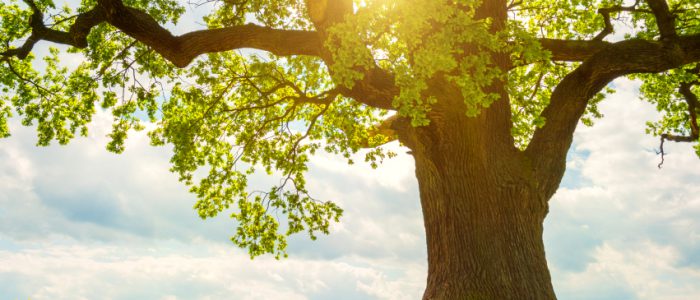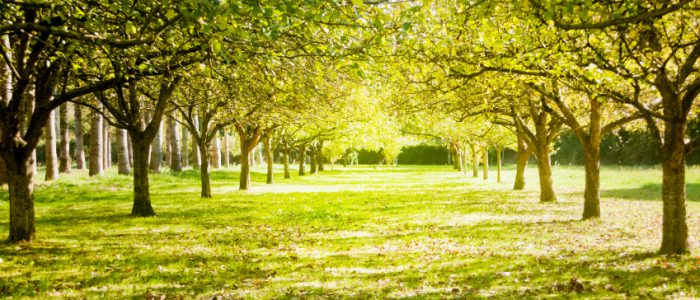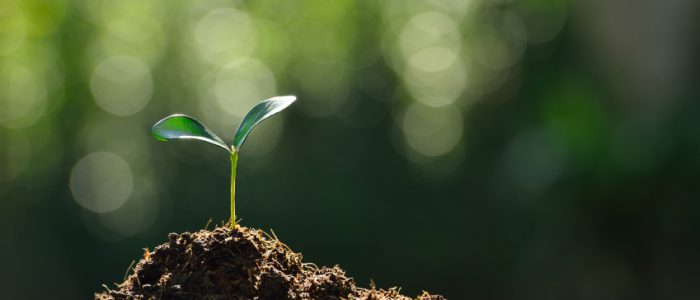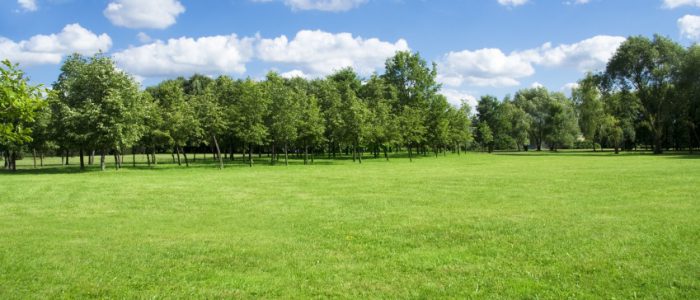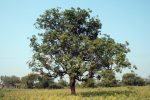Bonsai trees
Cultivating bonsai trees have been popular in the western world for quite a long time now, but it has its roots in old Japanese traditions. This art form revolves around growing tiny trees in small containers, in order to create a beautiful spectacle for the viewer. The trees are sometimes also used for meditation purposes. The trees have no medicinal or agricultural purposes, but are grown purely for the pleasure of growing, viewing and contemplating them.
Getting started
The bonsai starts out with a small cutting or seedling of a tree species that lends itself well to cultivation in small containers. Surprisingly enough, this can be almost any woody-stemmed, perennial type of shrub or tree, as long as the tree produces true branches and will be able to sustain itself in a confined space. To achieve this, the person growing the tree needs to make sure to prune the roots so that the tree doesn’t outgrow its container.
Certain species are obviously better suited for this, and many of the popular species have characteristics that make them look just proportionally correct in their miniature versions. This can include features such as small needles or leaves, for example, as this will make the little tree seem better proportioned than if the leaves or needles are larger.
Tradition

As far as the display container or pot goes, there are certain traditional rules for its shape and proportion. Tradition is very important to most bonsai growers, so you won’t find many that go beyond these guidelines. Once the tree has been planted in its final display pot, the pot itself should directly restrict it, so that there is less work in terms of pruning and monitoring the roots.
There are a myriad of different bonsai varieties, and it’s easy to find one that suits your personal style and preferences. A big part of classifying bonsais is their size; though sources do somewhat disagree on what the ranges and names of the different size classes should be. As for style, there is a wide variety, and one single bonsai tree can fall into several different style categories. Often the style is a description of the tree trunk’s orientation, so you’ll see names such as upright, slanting and cascade.

